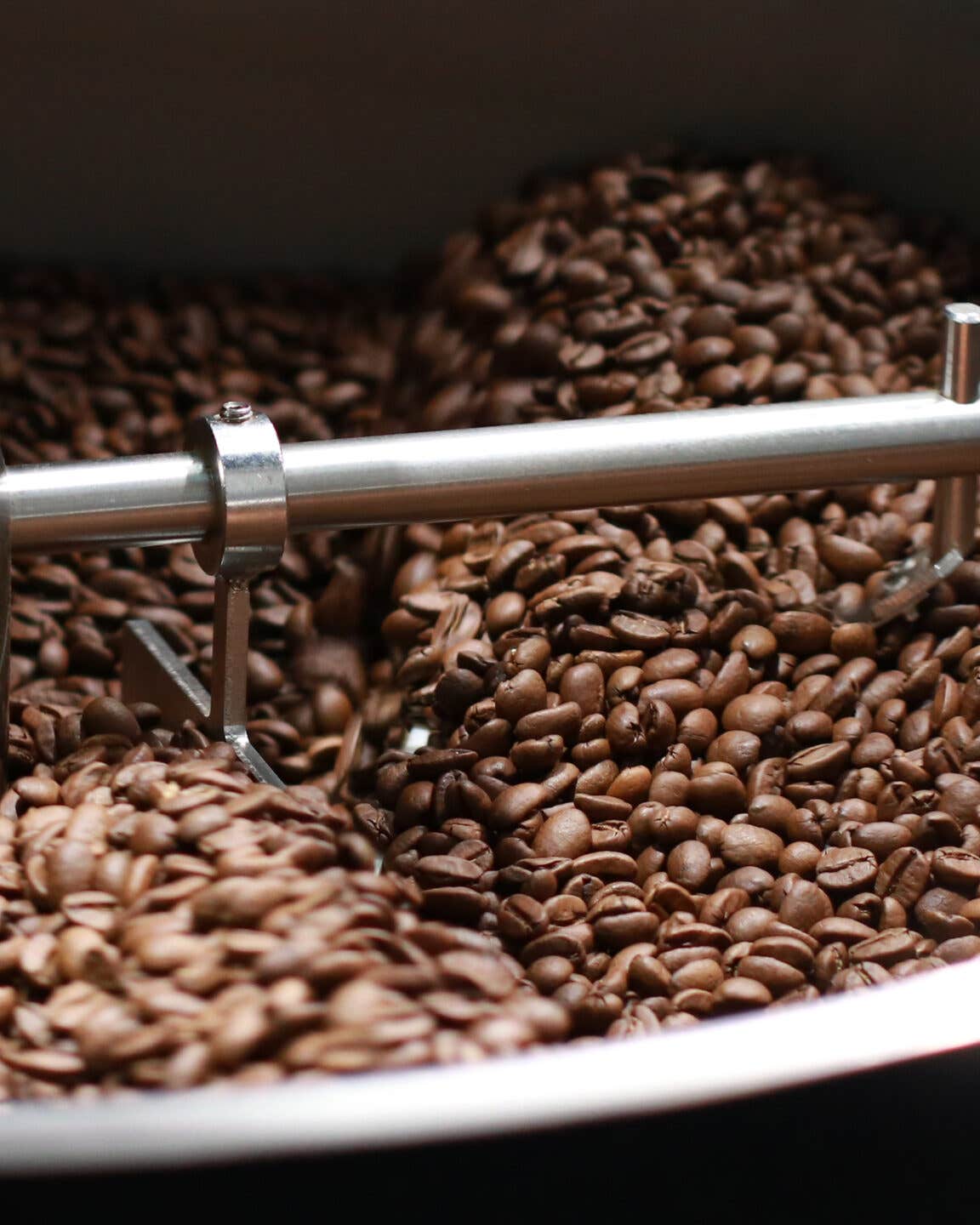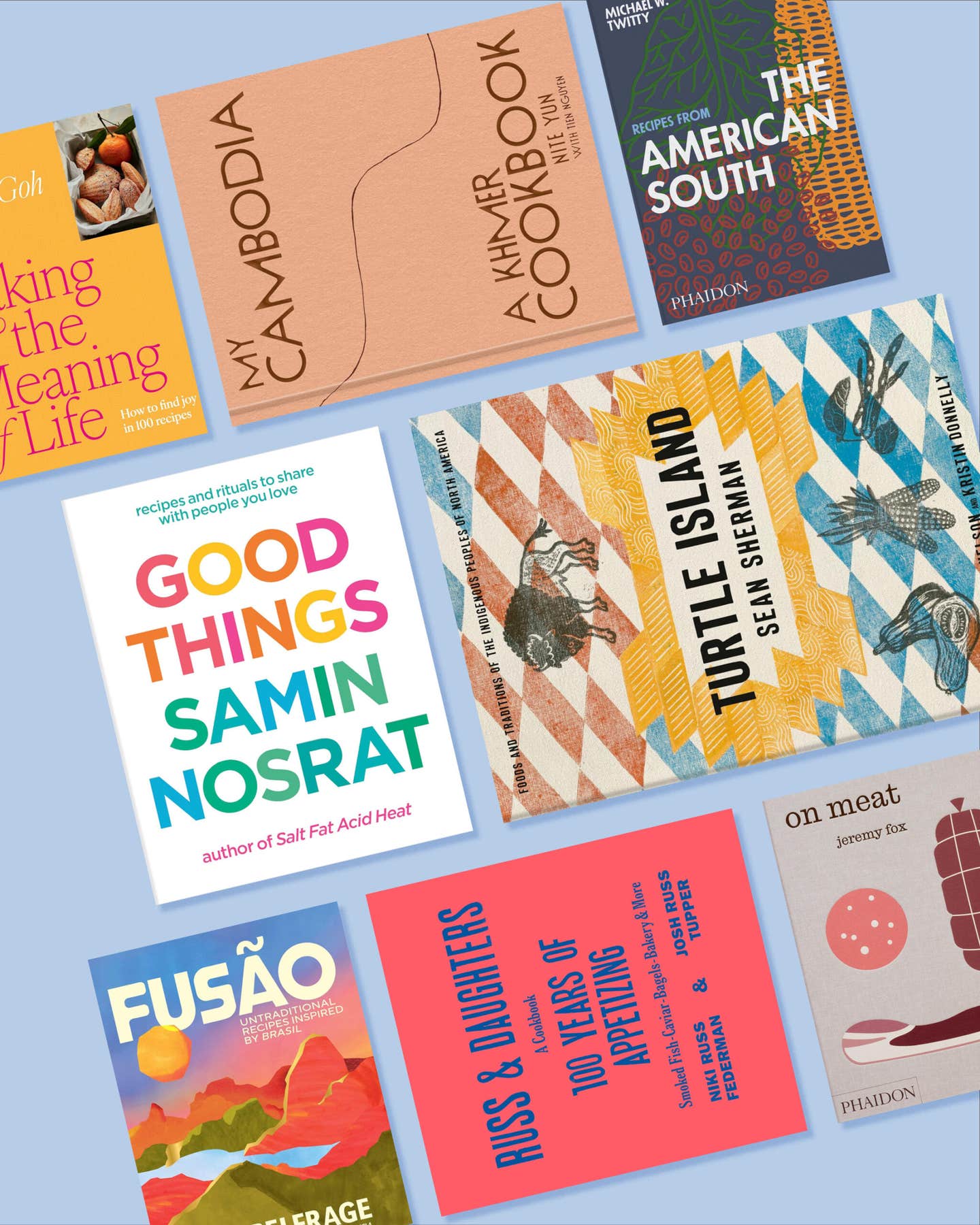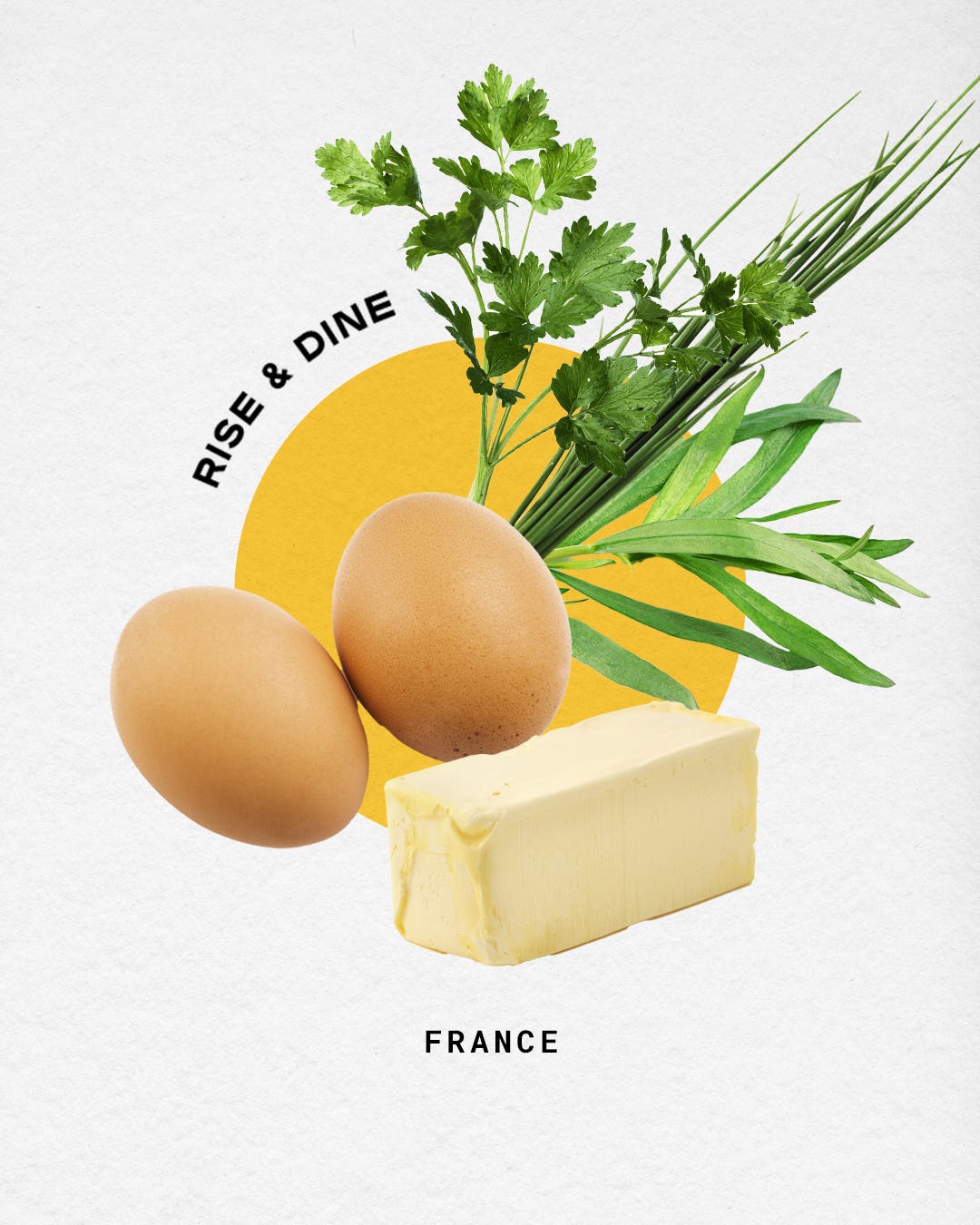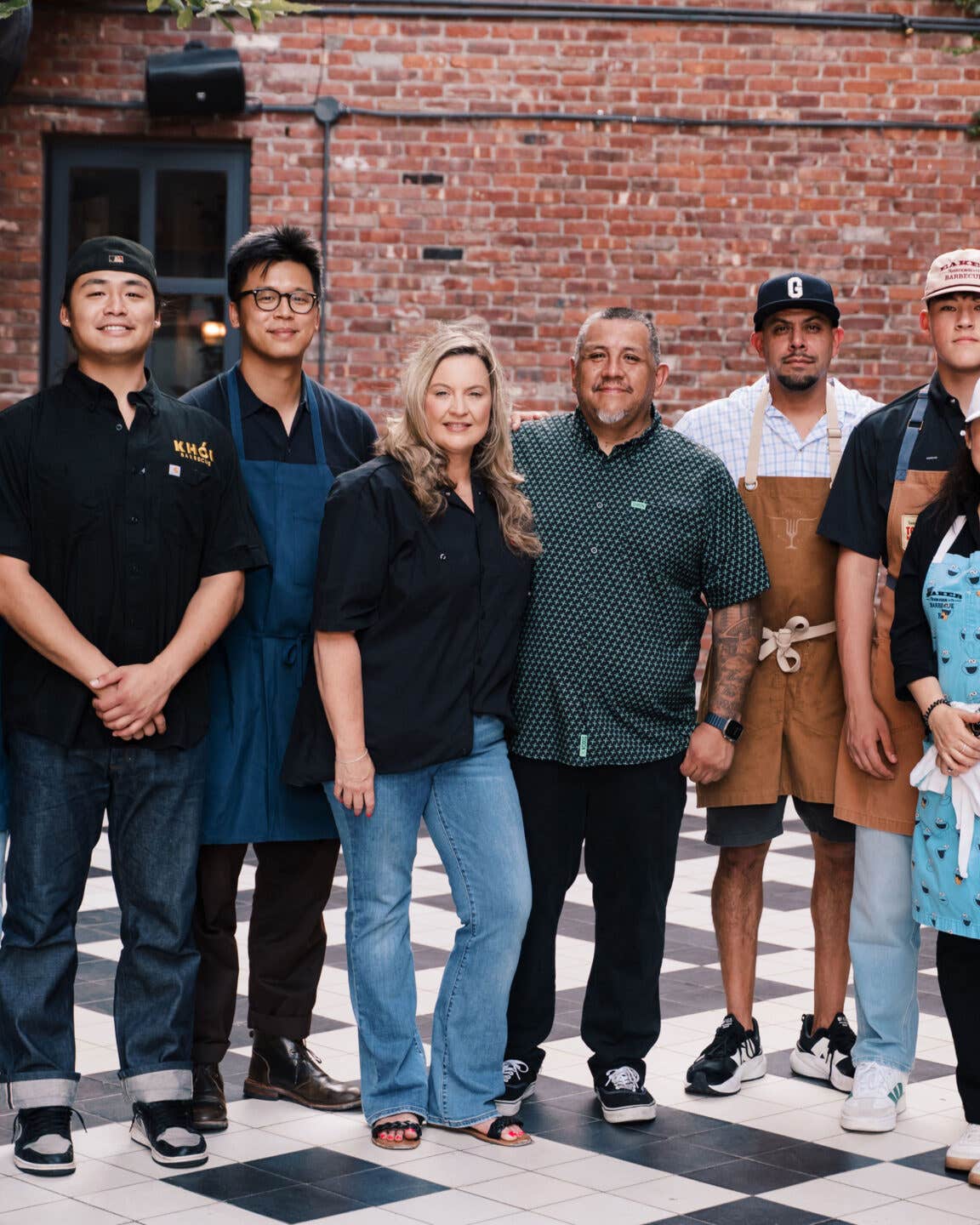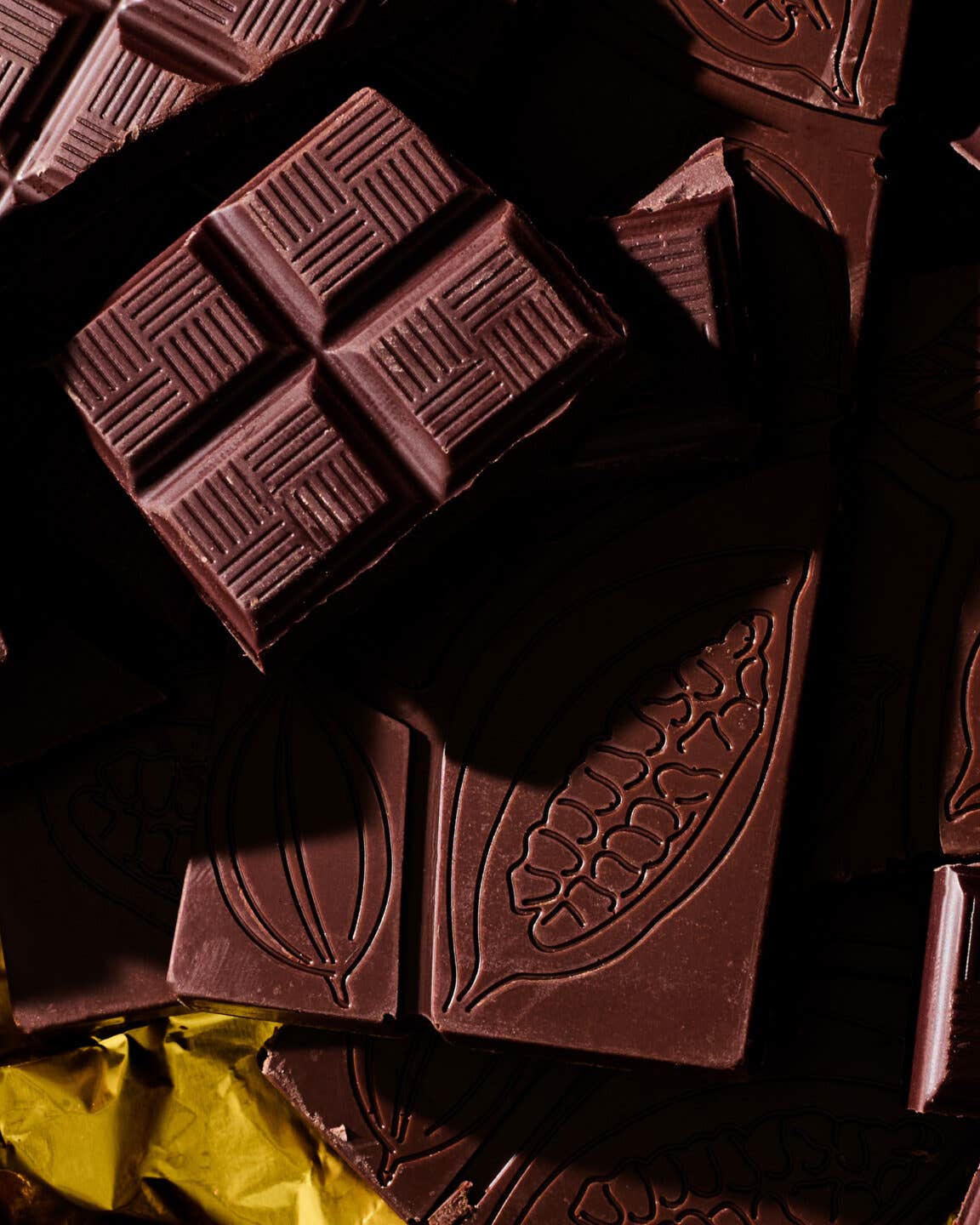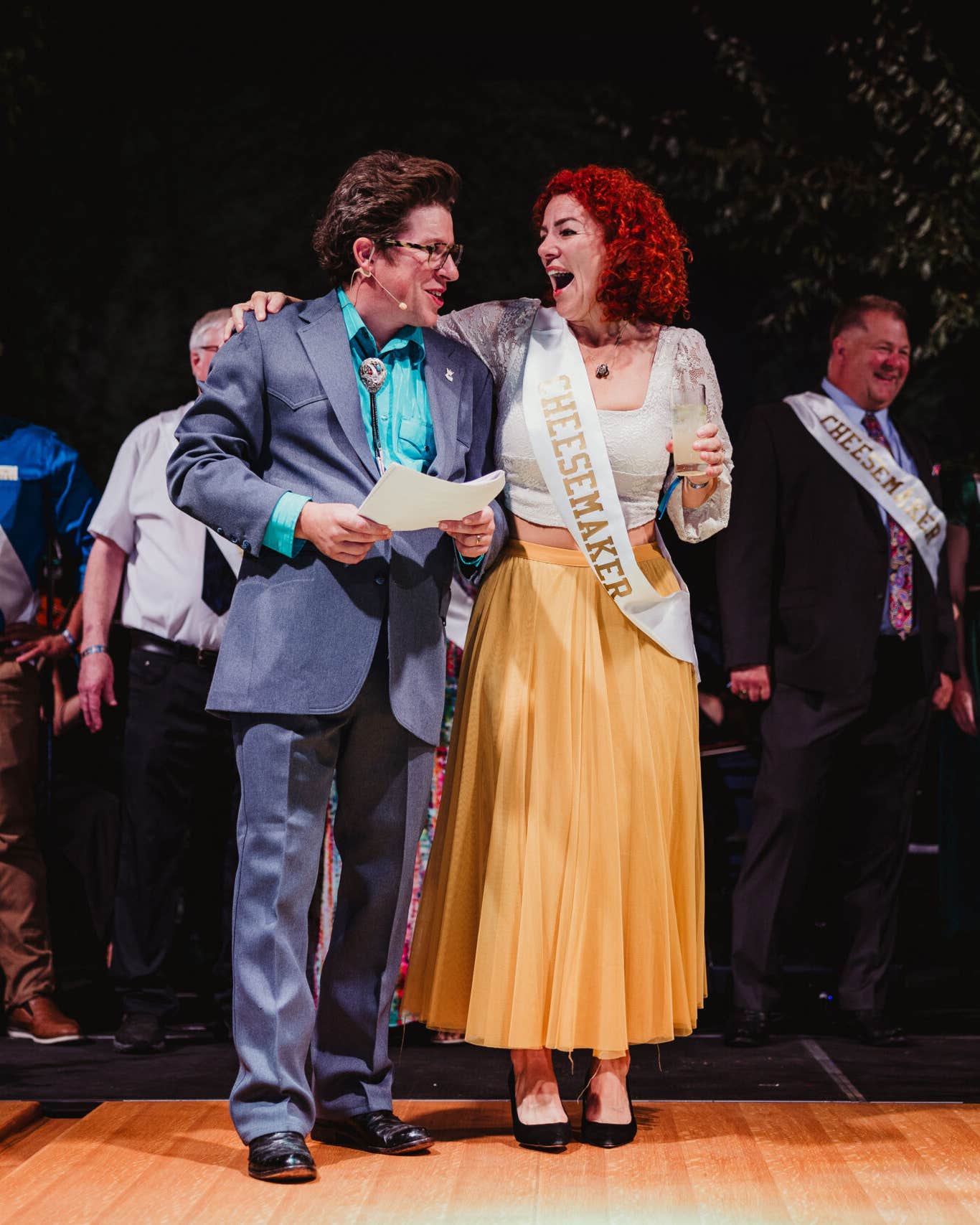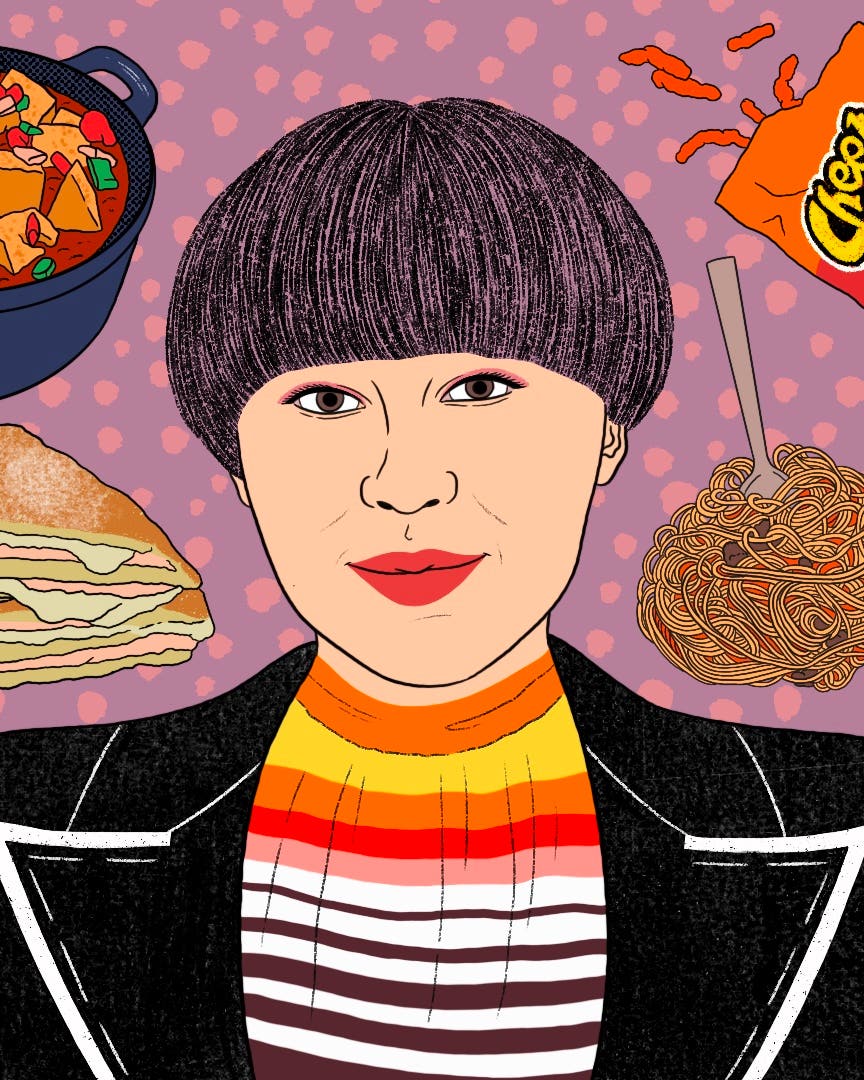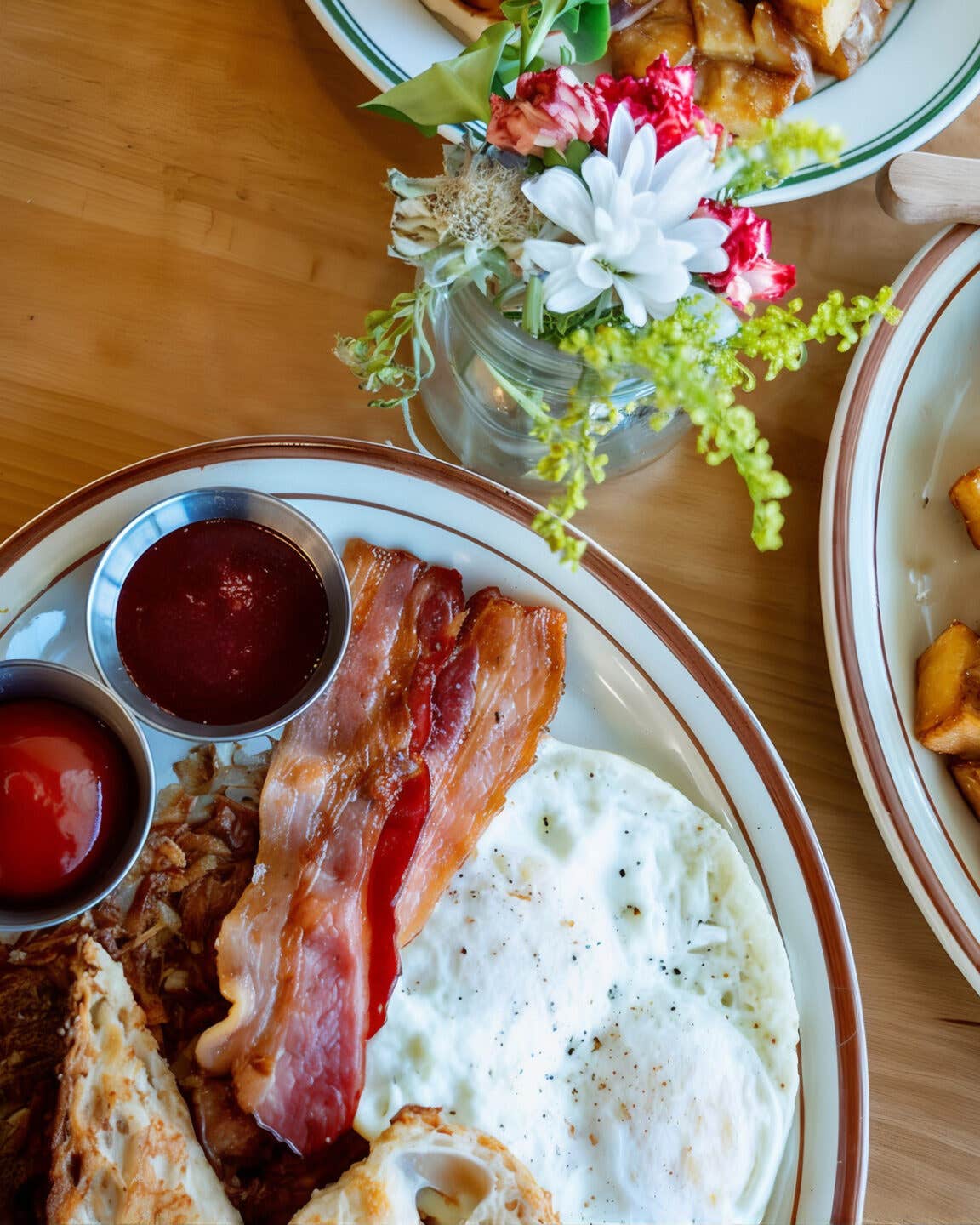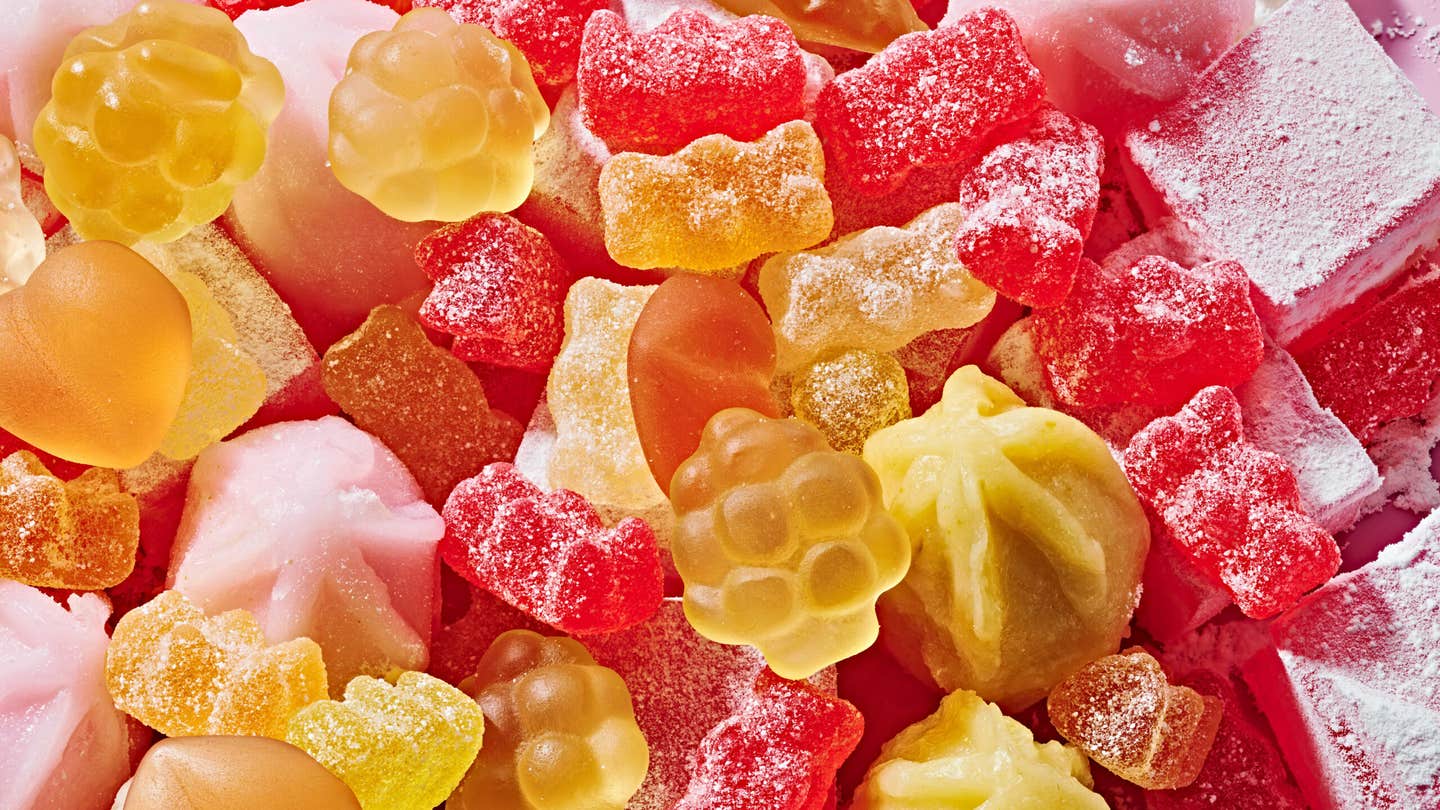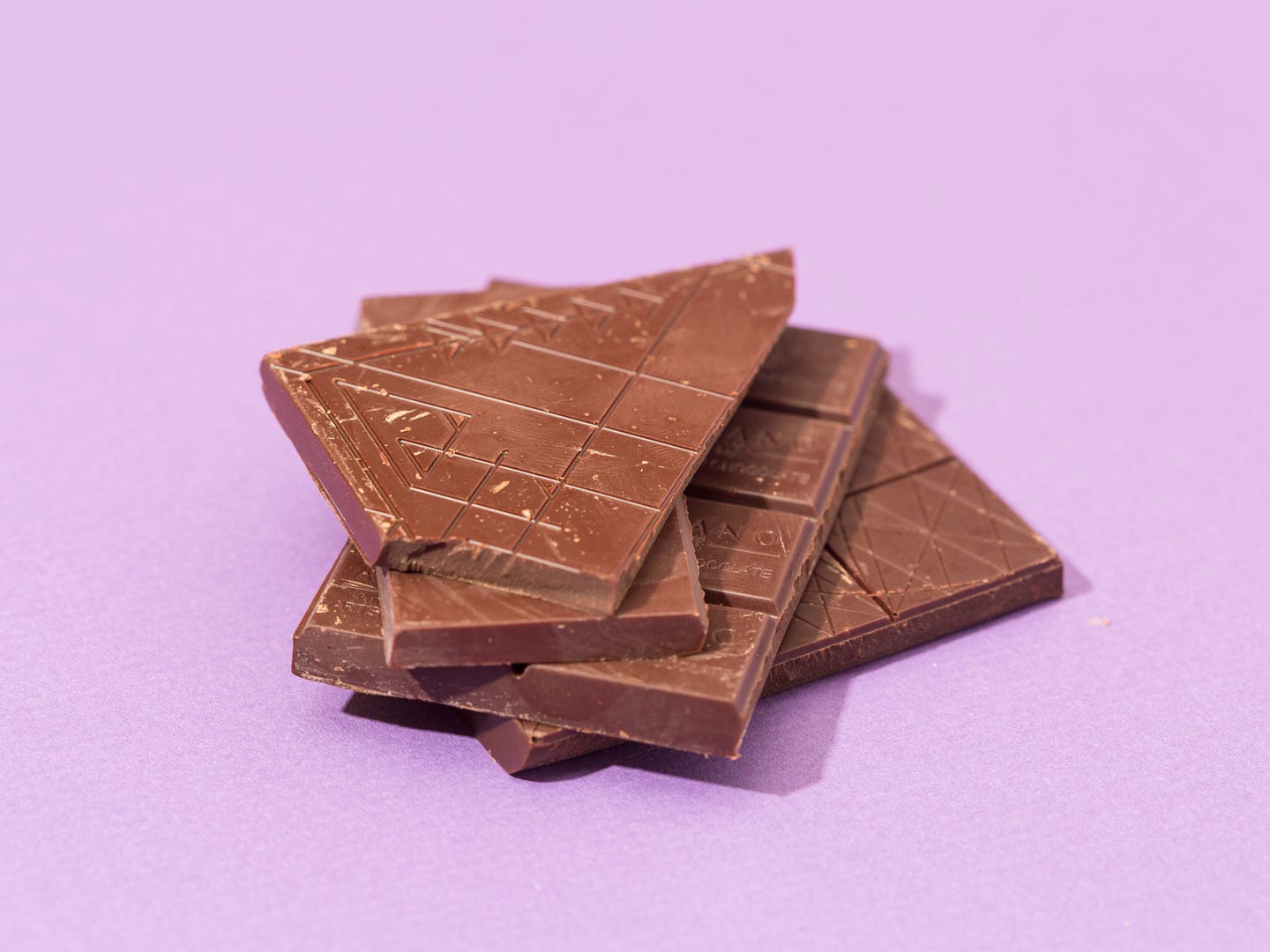
The Craft Chocolate Capital of America is…Utah?
Forget the East and West Coasts—if you want to find the country’s epicenter of chocolate innovation, you have to head into the desert
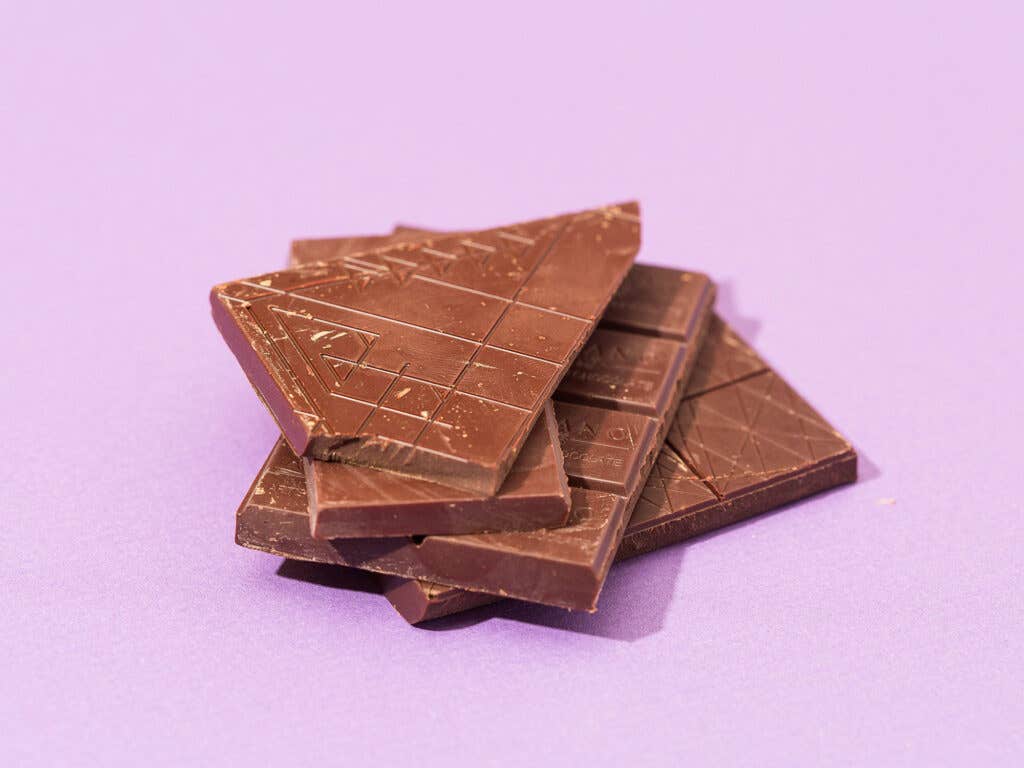
Maybe Brigham Young and the Mormons are right: Utah really is the Promised Land. At least if you’re into good chocolate. In the triangle lined by Salt Lake City, Park City, and Provo are eight bean-to-bar chocolate makers, so close you could visit them all in one day, making Utah one of the least likely but most dense capitals of quality, small-batch craft chocolate in the nation.
Sparsely populated Utah might seem like an odd place for a chocolate boom, but operating costs are lower than in major cities like San Francisco or New York, and for Mormons (who aren’t permitted to drink alcohol, coffee, or even tea) looking to participate in a burgeoning national food culture, chocolate is a smart option. Cheese, even subtly, suggests wine, but chocolate is perfect all on its own.
"Chocolate is the complete package by itself," says Matt Caputo, owner of Caputo's Deli, where you can find 400 different craft chocolates—one of the largest selections in the country. "We have people from all different political and socioeconomic backgrounds participating heavily in the chocolate scene in Utah."
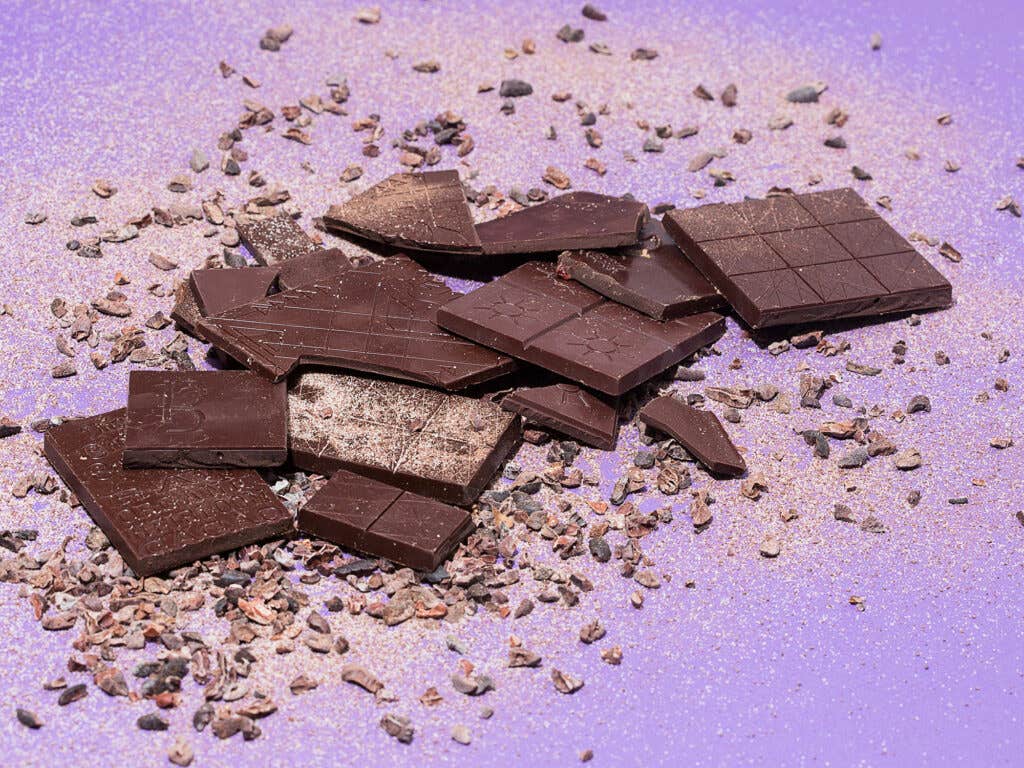
You might first learn how to differentiate quality cacao from vanilla-flavored “chocolate” candy with Caputo at one of the introductory chocolate classes he’s been teaching for more than a decade at his shop; as someone who estimates eating up to a pound of chocolate a day on the job, he’s a trustworthy source.
For your next steps, consider joining the Utah Chocolate Society, which president Brian Ruggles, who eats a mere bar or two’s worth a day, describes as “an informal, welcoming bunch.”
“The Salt Lake connoisseur has a really open mind,” Caputo says. “Visitors from New York or LA, they’re more likely to have traveled to Italy or France and they’ve already decided what the best is. Salt Lake has this young, educated but more open-minded approach. Culturally, they feel like the best is still in front of them. That lends itself really well to tasting something new and saying ‘Whoa, this is different, delicious, interesting and I want to support it.’”
Here’s our primer of all eight bean-to-bar chocolate makers in Utah.
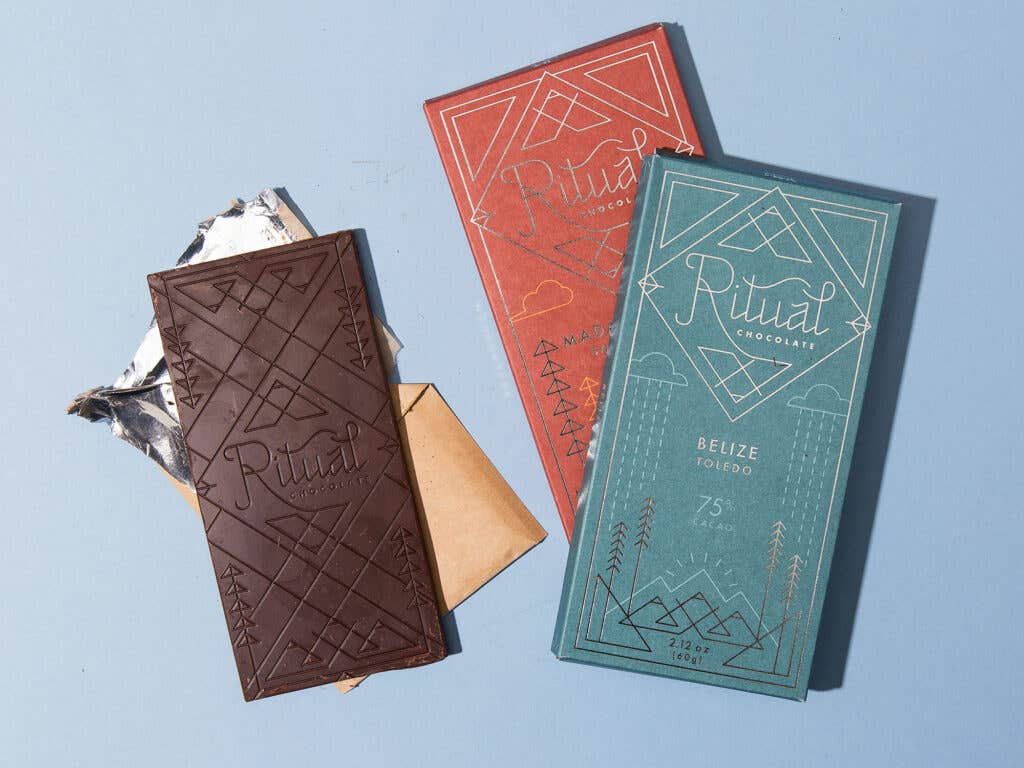
Using just cacao beans and organic cane sugar, Robbie Stout and Anna Davies specialize in single-origin dark chocolate bars, showcasing how remarkably different a 75% dark chocolate bar can taste if the beans are from Belize (cherry and smoky tobacco) versus Peru (floral and herbaceous) or Madagascar (berries and nuts). They just won 2016 Good Food Award for their Mid Mountain Blend, an amalgamation of all of their origins that results in toasty graham cracker notes.
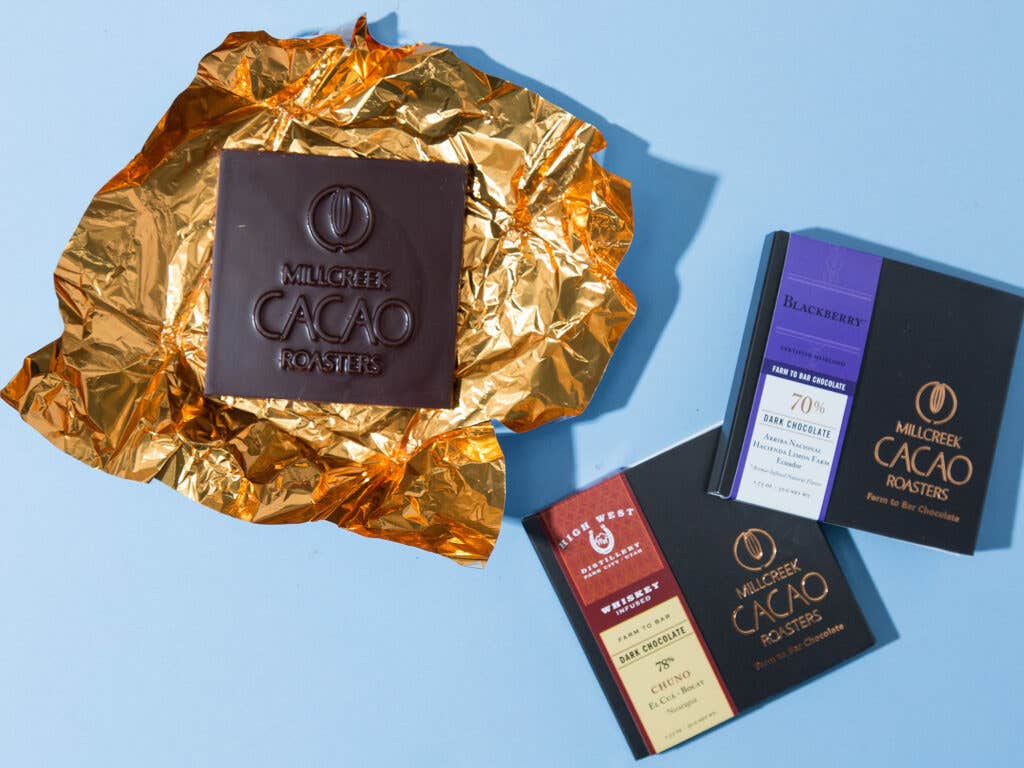
Millcreek is the only chocolate maker in the world producing aroma-infused bars: chocolate flavored with anything from blackberries to High West rye whiskey without diluting the cacao content. The bars are cured in climate-controlled rooms for several weeks so the porous chocolate absorbs flavors from add-ins, and the deceptively potent blackberry is incredibly strong for a bar that doesn’t actually contain any blackberry.
Other bars, like the tart cherry, do contain fruit, adding a chewy, sour punch to already fruity chocolate. Co-owner Dana Brewster develops close relationships with cacao farmers, including at Hacienda Limon, where she gets her heirloom Ecuadorian Arriba Nacional cacao beans.
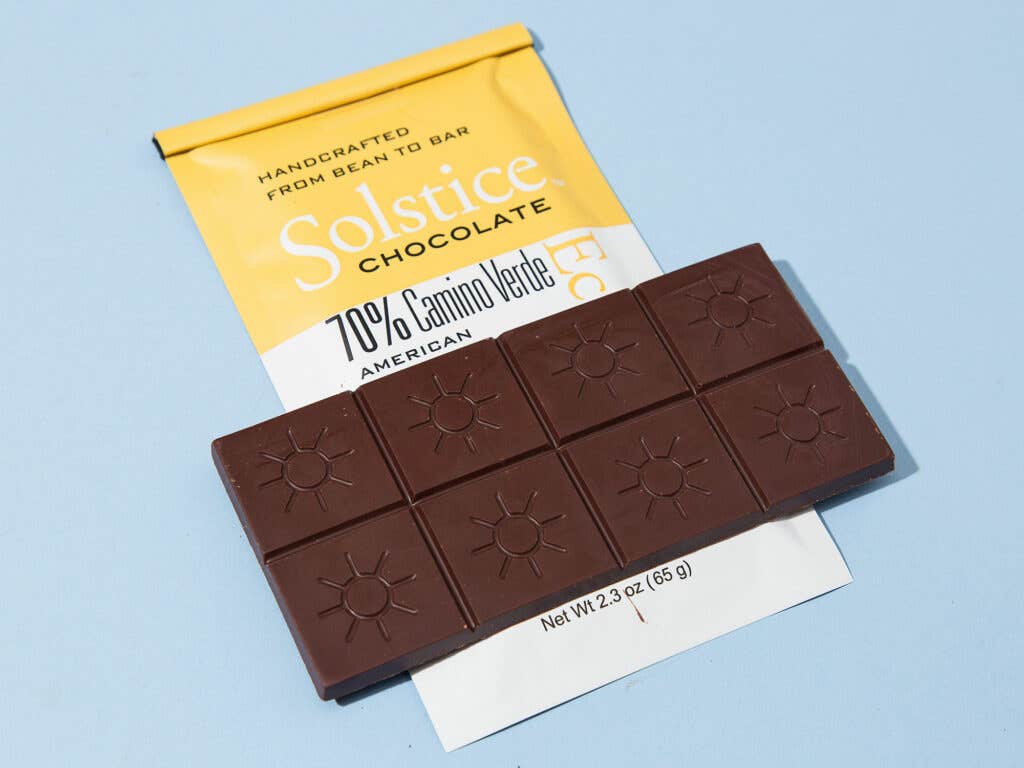
Scott and DeAnn Querry use a fluid bed-style roaster, exposing beans to lower temperatures than standard drum or ball machines, for a lighter roast profile. In a nod to European chocolate-making methods they add a touch of cocoa butter for creaminess, and their chocolate has a favorite among the industry. More than two dozen food establishments use their chocolate, including Chocolatier Blue in Berkeley and pastry chef Alexa Norlin at Handle Salt Lake, who serves a Camino Verde Ecuador cremeux with caramelized brioche, plum compote, and salt-roasted parsnip ice cream.
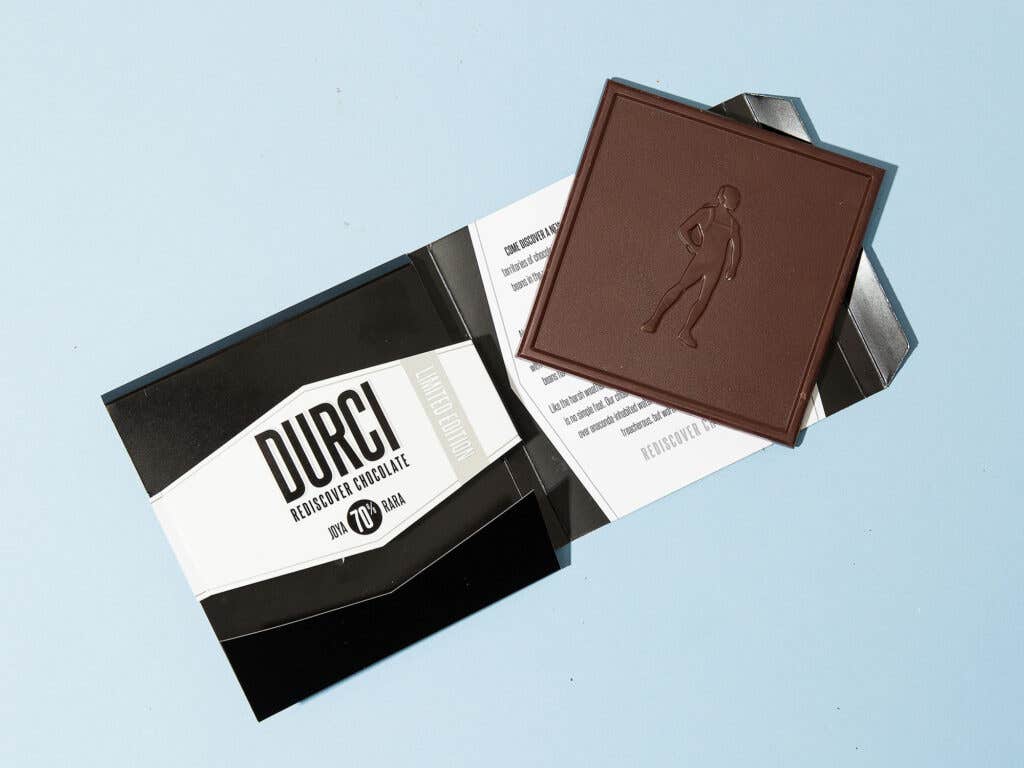
Eric Durtschi began in chocolate by making coffee-alternative cacao tea, with a new, quicker processing method (patent pending) that preserves more of cacao's complex flavor notes that can be lost if over-roasted. Now he also makes bars ranging from dark, earthy and smoky flavors to bright, fresh citrus and berries, all with a sharp snap that signifies top-notch tempering skills. The Joya Rara bar uses 40% white cacao beans (yes, no, not white chocolate—this is a white-hued bean) for a lighter orange-brown bar that's a little sweeter than most with a floral aroma and peachy flavor.
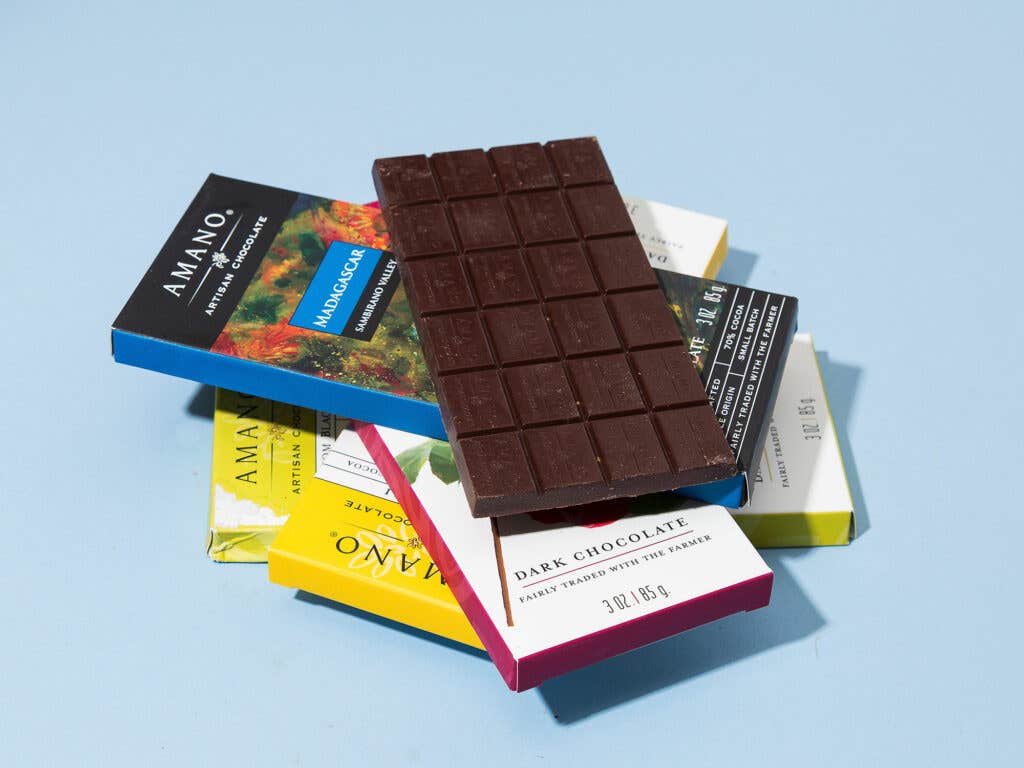
Amano was the first American chocolate brand to make a splash on the international chocolate scene, winning a bronze medal at the Academy of Chocolate Awards in 2008 for their Madagascar bar and garnering hundreds of accolades since. They've now expanded beyond single-origin bars to some unique products, like cardamom black pepper and raspberry-rose. Mango-chile is a favorite for its sweet and spicy contrast folded into rich, smoky single-origin chocolate from the Guayas River Basin in Ecuador.
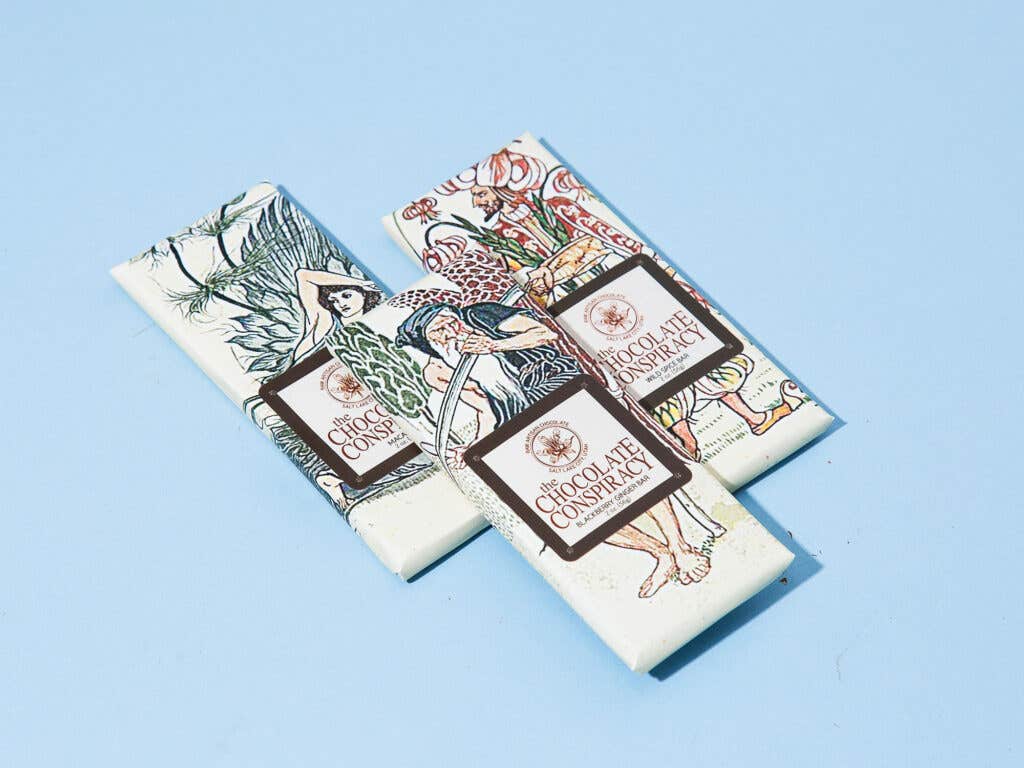
AJ Wentworth produces raw chocolate bars and truffles using unroasted beans and raw local honey. What started out as a health food has become a hit with chocolate lovers, although these bars have a grittier, coarser texture typical of the style. Blackberry-ginger, made with balsamic vinegar and ginger essential oil, is the surprising bestseller. Wentworth also makes vegan dark chocolate peanut butter cups and seasonal hand-rolled truffles in flavors like cinnamon sugar and pistachio in fall and winter.
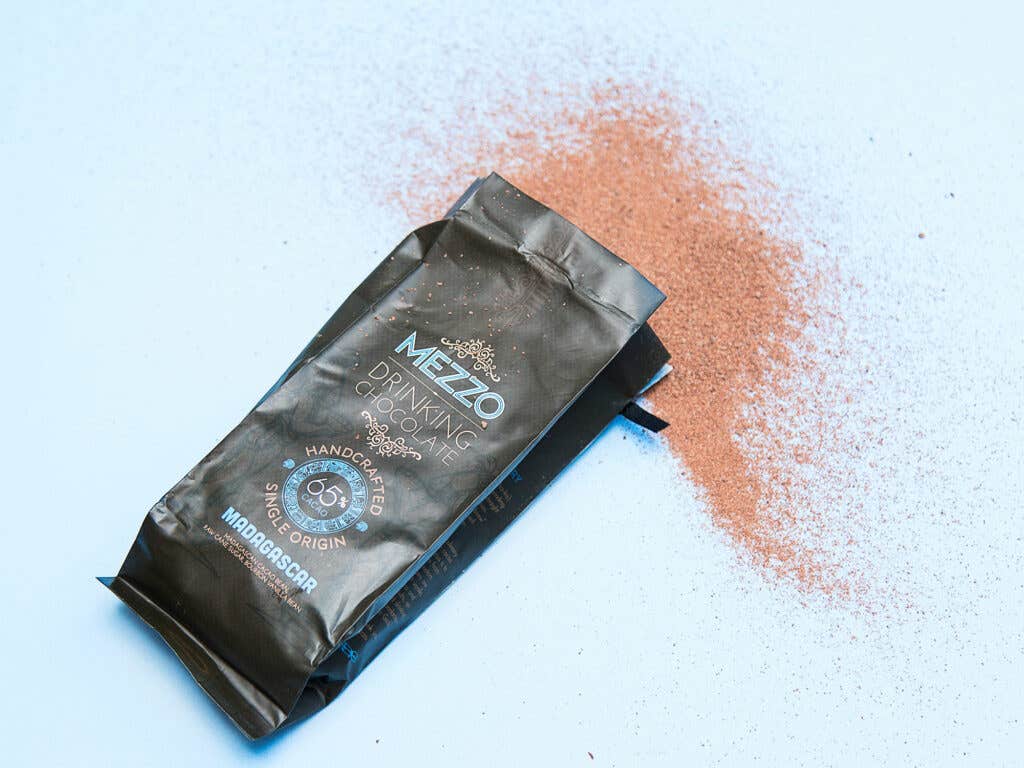
Instead of chocolate bars, Mezzo specializes in drinking chocolate made from 65 to 75% cacao bean. This is not your sugary, watery hot cocoa mix of yore; it’s all chocolate, with eschewing bland creaminess for extra sediment that conveys deep, earthy flavor. There are flavored varieties inspired by Mayan recipes along with single-origin flavors from Madagascar, Bolivia, and Venezuela. For the clearest expression of cacao, drink with water; or you can mix with milk and even some cream for something more European-style.
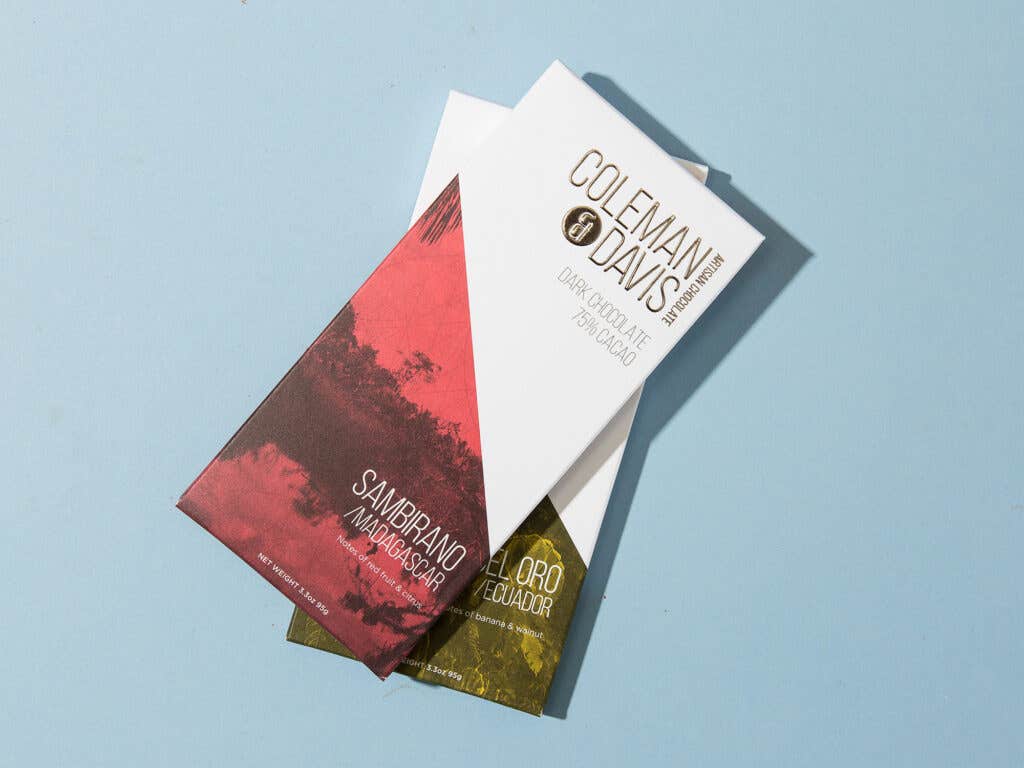
The newest player on the scene and the first based in the city of Provo is just ramping up production with a couple bars available to purchase online. There's one from Madagascar's Sambirano Valley, with strawberry and red currant notes, and another from Del Oro, Ecuador that's warmer and spicier, reminiscent of banana walnut bread (currently sold out). "They are investing in unique machinery unlike anything I have ever seen," Caputo says. "Their factory and store is gorgeous. All the glamour and luxury of France and Vegas combined with the manicured look of Disneyland."
Keep Reading
Continue to Next Story
